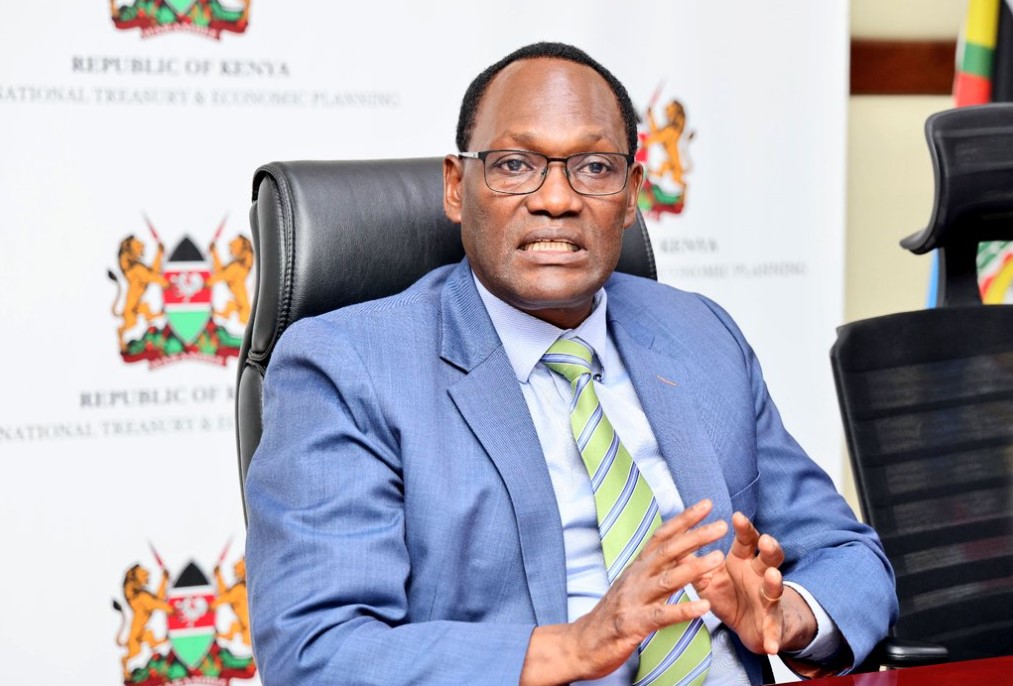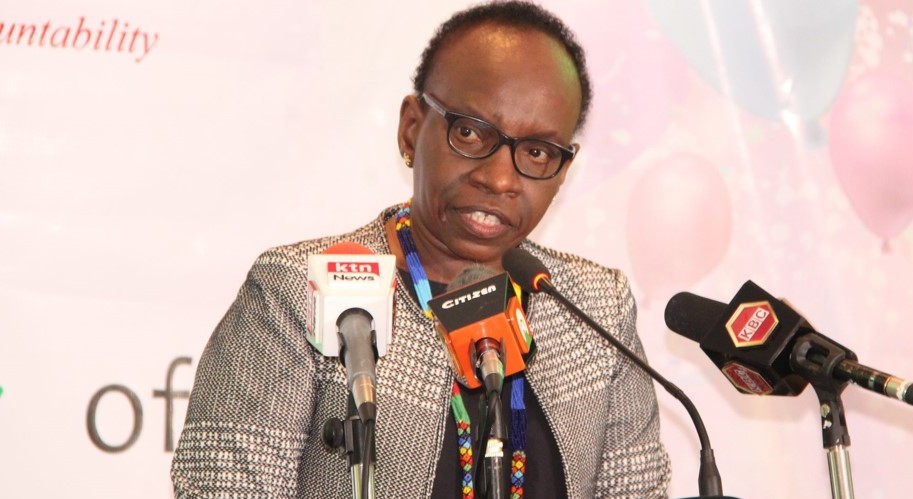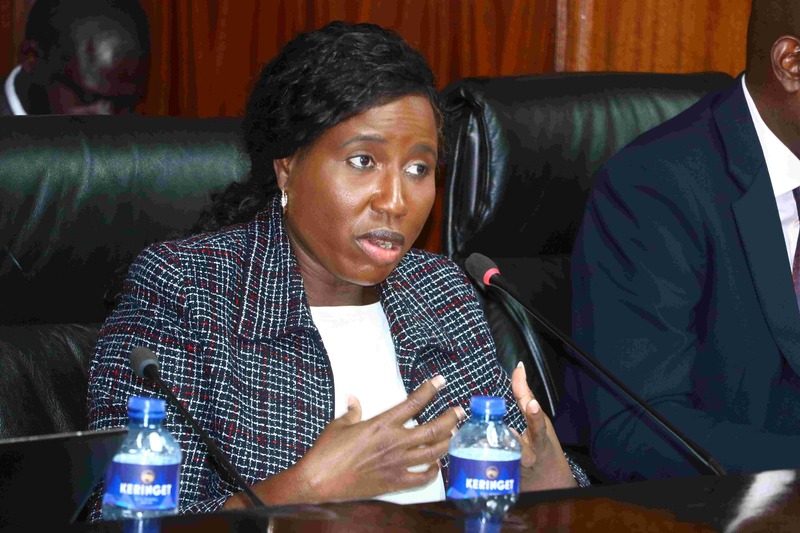National Treasury begins Sh3.1 billion transition to new financial reporting system

The move, which involves valuing all government assets, aims to enhance financial transparency, consolidate state liabilities, and improve the management of public debt.
The National Treasury has initiated a Sh3.1 billion ($24 million) transition from a cash-based accounting system to an accrual model, marking a major shift in how the government records its finances.
The move, which involves valuing all government assets, aims to enhance financial transparency, consolidate state liabilities, and improve the management of public debt.
More To Read
- Counties divert additional funds from National Treasury to salaries, limiting services
- National Treasury in a spot over Sh40 billion withdrawn and spent without MPs’ approval
- Treasury admits to Sh220 billion excess borrowing citing delays in foreign financing
- Treasury under pressure to explain unresolved Sh17.23 billion three-decade debt
The transition, set to be fully implemented by 2027, will see Kenya adopt an accrual accounting system that records financial transactions based on when they are incurred rather than when cash is exchanged. This approach will provide a more accurate reflection of the government’s financial position, helping to cut borrowing costs and improve debt management.
According to the National Treasury, the shift will allow for the full disclosure of assets and liabilities in a single balance sheet, ensuring a clearer assessment of public finances. It is expected to address concerns over the legitimacy and utilisation of public debt while also aiding negotiations for more favourable loan terms from international lenders.
As part of the transition, the Treasury has approved the valuation of all public assets at both the national and county levels. The valuation will be conducted using either historical costs or current operational values, depending on the availability of financial records.
“The National Treasury approved recognition and valuation models for all public assets both at the national and county levels. The valuation of the assets will be based on both historical and current values. If the historical cost of the asset is not available, then the public entity can use current operational value,” Treasury’s director in charge of Accounting Services, Jonah Wala said.
To facilitate the transition, a capacity-building programme for accounting officers and government accountants will begin in March 2025.
“The National Treasury will issue a formal circular to all accounting officers, detailing what needs to be done, the need to form steering committees, the need to identify and value all assets, and the valuation models (historical cost or current operational value) to be ready before July 1, 2025,” Wala added.
The Treasury has outlined several asset classes for valuation, including land, natural resources, transport infrastructure such as roads and railways, electricity generation and distribution systems, water infrastructure, and intangible assets. Buildings such as government offices, schools, hospitals, police stations, and courts will also be included in the assessment.
Disputed assets will be reviewed by the National Assets and Liabilities Department before inclusion in the financial records.
Transition process
The transition process began on July 1, 2024, with all national government ministries, state departments, independent offices, and agencies adopting accrual-based financial reporting for the first two quarters of the 2024/2025 financial year.
Kenya has used a cash-based accounting system for the past decade, recording only transactions where money has been received or spent. This approach excludes certain financial obligations, such as pending bills and public debt, from government books, making it difficult to track liabilities.
In contrast, accrual accounting records revenue when it is earned and expenses when they are incurred, regardless of when cash changes hands. The system provides a more comprehensive view of government finances by ensuring that assets and liabilities are accounted for in official records.
The government’s transition is being overseen by a steering committee chaired by Principal Secretary Chris Kiptoo. The committee, established in August 2024, is tasked with guiding the shift from the cash-based system, which has been in use since 2014.
Currently, pending bills, pension liabilities, and public debt are kept in separate registers rather than being included in government books. According to the Treasury, this has complicated efforts to link public debt to specific development projects.
The transition project, which is backed by the World Bank and the International Monetary Fund (IMF), aims to provide an accurate picture of the government’s financial standing on a quarterly and annual basis. Under the cash-based system, the absence of recorded assets and liabilities makes it impossible to prepare a balance sheet.
The total project cost stands at Sh3.1 billion ($24 million) for both national and county governments, with the bulk of the funds allocated to asset valuation and upgrading ICT infrastructure, including financial management systems. The government has allocated Sh1.2 billion ($9.3 million) in the 2024/2025 fiscal year towards these efforts.
Over the next three years (2024/2025 - 2026/2027), the Treasury will focus on identifying and valuing public assets, upgrading the Integrated Financial Management Information System (IFMIS) to align with the accrual accounting model, and revising the standard chart of accounts to reflect the new approach.
Additionally, a dual ledger system will be introduced, ensuring that while budget planning remains cash-based, accounting transactions will be recorded using the accrual method. The Treasury also plans to retrain all 6,000 government accountants to facilitate the transition.
Kenya joins Tanzania and Uganda in adopting accrual accounting, while Rwanda is nearing completion of its transition. Uganda currently operates a hybrid system, combining cash and accrual accounting on a 50-50 basis.
Top Stories Today

















